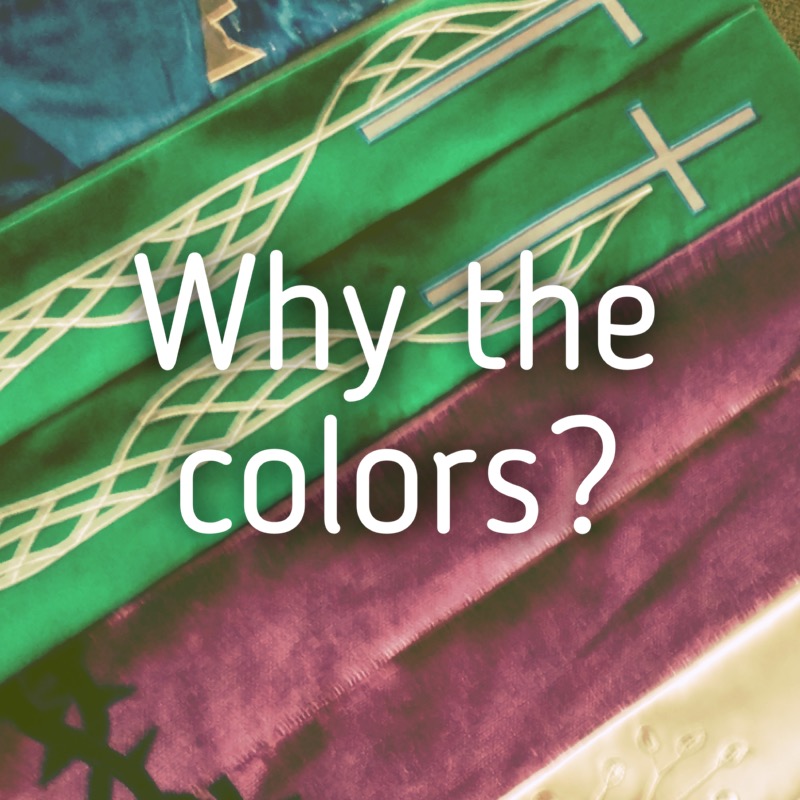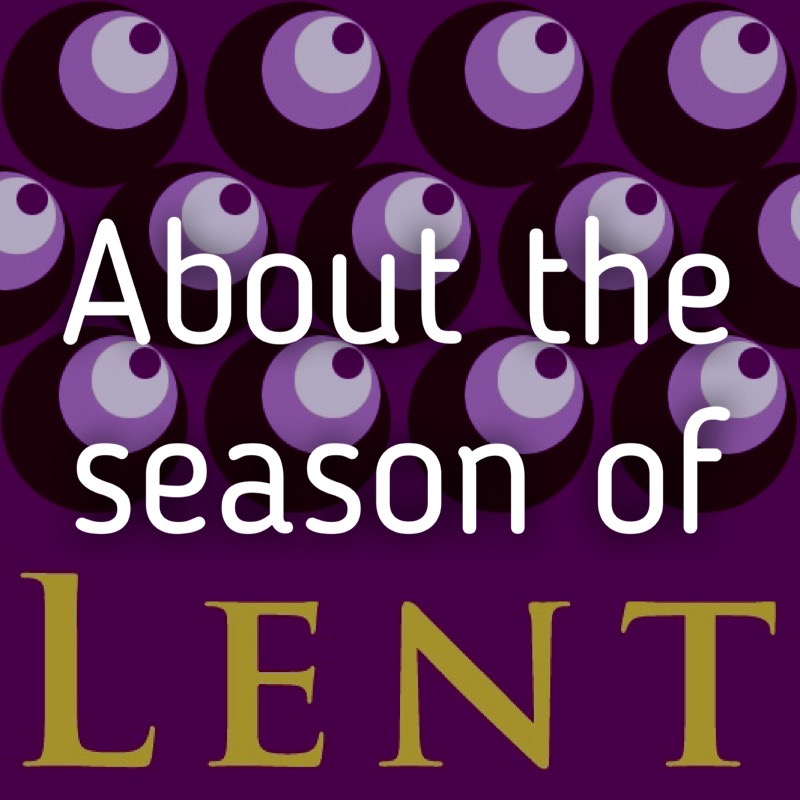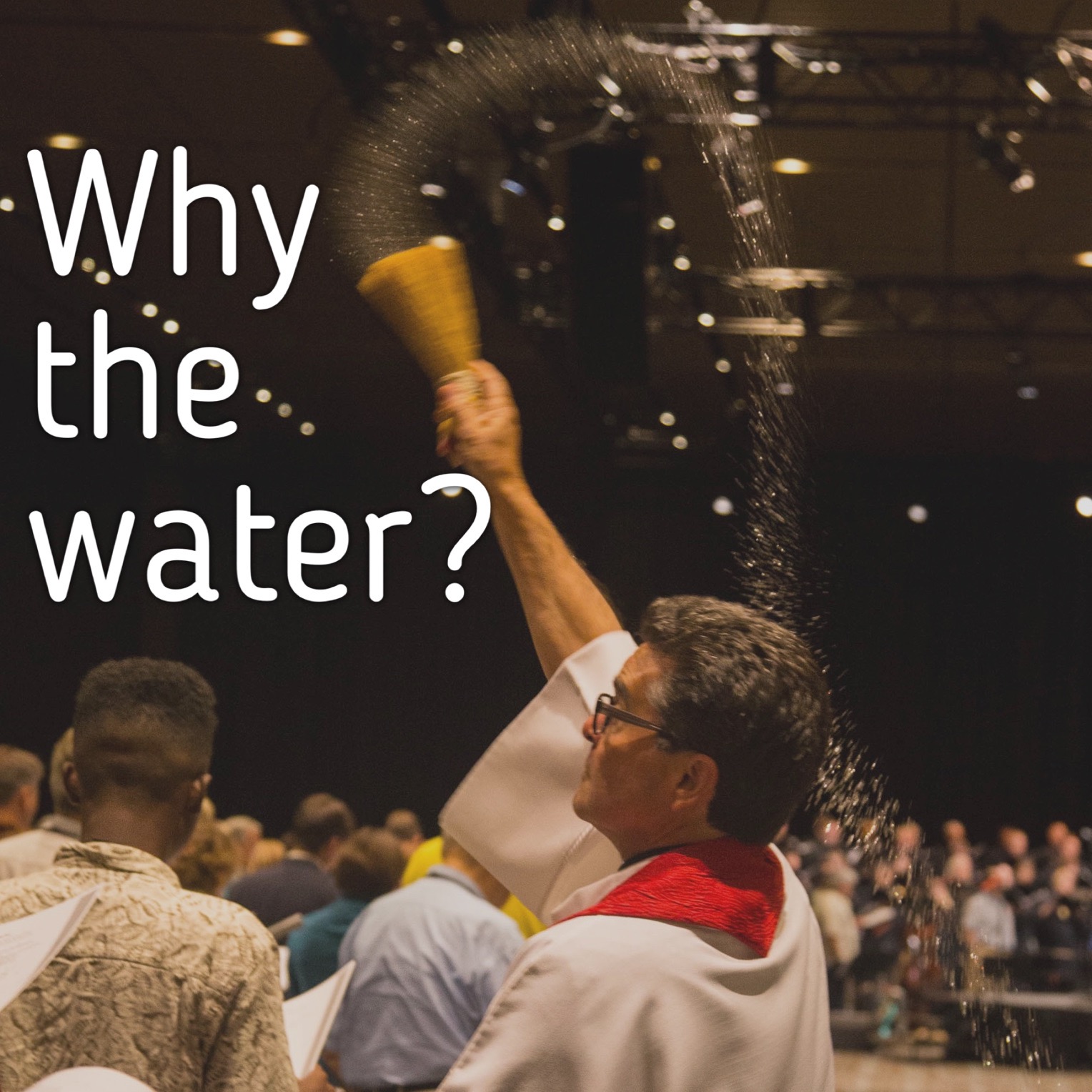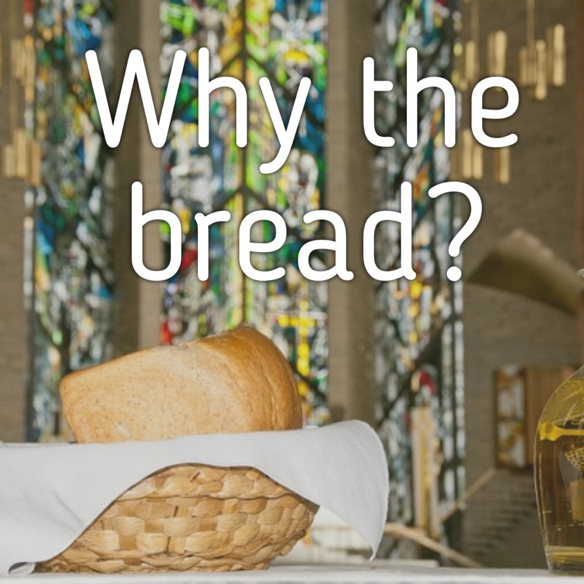Advent is the first season in the church year, comprising the four weeks before Christmas. The word “Advent” comes from the Latin, “to come,” and the church has observed Advent as weeks of preparation since the fifth century with themes of watchfulness, preparation, and hope infusing this season. Together we both anticipate the celebration of God’s coming in the form of the Christ child and the final coming of Christ in the time to come. Blue or purple is the appointed color for the season.
A Few Notes on Current Practices for Celebrating Advent
- Lutheran churches observe Advent in numerous ways. Most light the advent wreath during the four weeks of Advent, adding one new candle each week. These candles are typically lit during the Gathering rite. Prayers for the Advent Wreath lighting can be found in Sundays and Seasons.
- Some congregations hold midweek services during the Advent season.
- Many congregations experience the challenge of celebrating Advent in a culture that celebrates Christmas during the month of December. The commercialism of Christmas can so easily creep into the faith practices of the church. Some congregations hold Advent Festivals for the Sunday school or Advent musical events to help the faithful understand how to keep Advent amid the culture’s early celebration of Christmas. Advent devotional booklets for home use are also a helpful resource.
- Theological issues related to Advent often come up when discussing worship planning, especially related to musical matters. On the one hand, Advent is a time to prepare, to sing music related to the impending birth of Christ. On the other hand, as Christians, we know that Christ is already present with us. It is important that Advent is not a “pretend time,” as if Jesus had never come into the world. Focusing on the waiting for the light of Christ in a dark world and on the eschatological nature of Advent can help make Advent a more depth-filled, honest time of waiting.
- Keeping this in mind, it is wise to make musical decisions in Advent (as in all other times) with care. Some assemblies do not sing any Christmas carols in Advent, remaining true to the spirit of watching and waiting that characterizes the season. Other congregations, for pastoral or teaching reasons, begin to sing some Christmas carols in Advent. If a new Christmas hymn is to be learned, for example, Advent might be a time for teaching.





